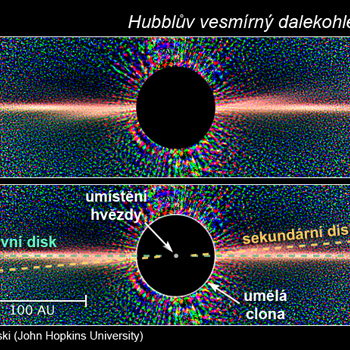Question #17639
1 Answer
Apr 12, 2017
I'll show you!
Explanation:
For convenience, I will use kPa rather than mmHg. But that is a mere preference (and I will walk you through the same calculations using mmHg in the second part):
You should already know the relationship between volume and pressure:
You may also know that:
So, what do we know from the question?
Hence:
The same thing is also true if you use mmHg:
Hence:
Hope it helped :)

